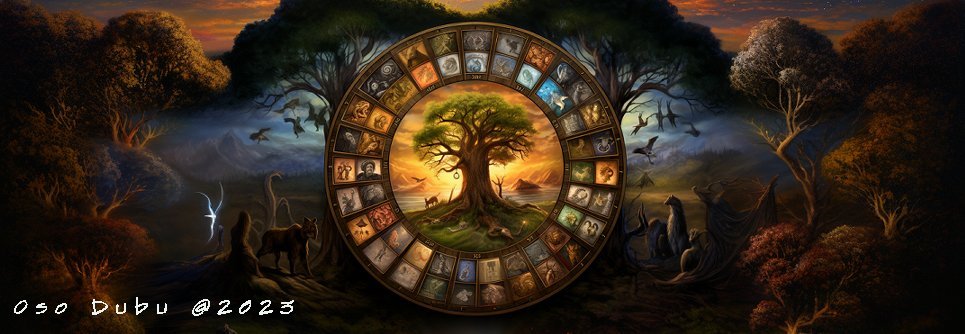Lammas
Lammas, also known as Lughnasadh, is a holiday that is celebrated in various Neopagan and Wiccan traditions, typically on August 1st. It is a festival of the first harvest and is considered as one of the cross-quarter days, marking the midpoint between the Summer Solstice and the Autumn Equinox.
In ancient cultures, Lammas was a time when the first grains were harvested, and it was often celebrated as a time of thanksgiving for the bounty of the coming harvest. In Neopagan and Wiccan traditions, Lammas is considered a time of reflection and gratitude, a time to honor the God of the Sun, and celebrate the abundance of the harvest.
Lammas rituals and celebrations may include activities such as, honoring the God of the Sun, making and sharing bread, baking and cooking with the first harvest grains and vegetables, and holding communal meals and feasts, making and decorating corn dolls, and many other rituals, activities and symbol related to the season.
As with other pagan celebrations, the exact practices and rituals can vary depending on the individual or group and the tradition they follow.
Pagans and Wiccans celebrate Lammas, also known as Lughnasadh, in a variety of ways. Here are a few common practices:
-
Honoring the God of the Sun: Many Pagans and Wiccans see Lammas as a time to honor the god of the sun, who is seen as being responsible for the growth and ripening of the crops. This can be done through rituals, prayers, or offerings.
-
Harvest rituals and celebrations: Lammas is a harvest festival, so many Pagans and Wiccans celebrate the abundance of the season by holding rituals and celebrations centered around the harvest. This may include activities such as making and sharing bread, baking and cooking with the first harvest grains and vegetables, and holding communal meals and feasts.
-
Corn dolls: Making corn dolls or other crafts associated with the season to represent the cycle of the year and the passing of the seasons.
-
Nature walks and meditation: Some Pagans and Wiccans celebrate Lammas by taking a walk in nature, either alone or with a group. This may include meditation, visualization, and other practices to connect with the natural world and the energy of the season
-
Decorating: Some decorate their homes and altars with flowers, herbs, and other decorations that are associated with the season, and to infuse their homes with the energy of the season
As with other pagan celebrations, the exact practices and rituals can vary depending on the individual or group and the tradition they follow. Some may celebrate more extensively or intensively, and others may celebrate less.
